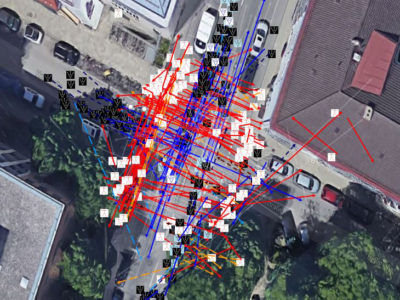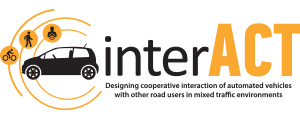Findings of the observational studies in three European Countries
Implicit and explicit communication between Human Road Users takes place every day. As a basis for the design of AV behavior and interaction, we were interested to know more about how humans communicate in complex traffic environments and are happy to announce that we successfully completed the cross-cultural observations examining how Human Road Users (HRU) interact. The observations were carried out in three major European cities: Leeds (UK), Athens (Greece) and Munich (Germany). Five different approaches were used to generate the data, enabling a holistic view of interactions: Video recordings of traffic participants; Ground based LiDAR recordings; observation protocols, Questionnaires and an in-vehicle study, in which drivers’ eye gaze was recorded.
The partners of WP 2 run first data analysis during the last months to come up with some central insights into Human Road User interactions. The main results show that
- HRUs communicate only rarely explicitly with each other (e.g. by using hand gestures or flashing headlights) but
- use the kinematic information of other road users to plan their next actions.
- Implicit communication, i.e. adjusting one’s velocity to convey a certain behaviour, is prevalent in urban traffic interactions.
- Explicit communication is usually utilized additionally by drivers to either reassure another participant of a yielding intention, to resolve deadlocks or to warn another road user.
These first results were presented by interACT project partners in a well-attended webinar organized by CARTRE. Further results will be presented at the AVS2018 Conference in San Francisco and the IEA2018 in Florence.
Results and models of WP 2 are now taken into account for the development of the Cooperation and Communication Planning Unit (WP 3) and the design of suitable eHMI for successful human‐vehicle interaction (WP 4) of the interACT project.


